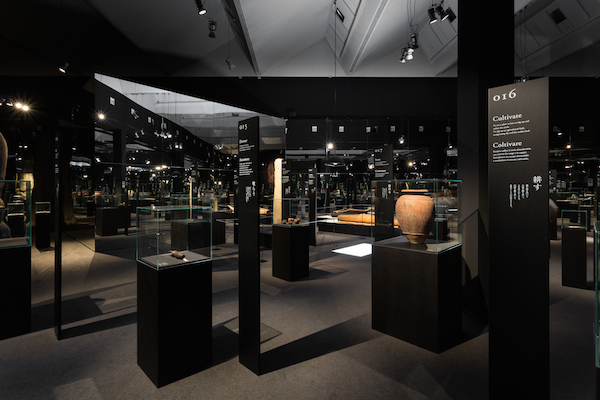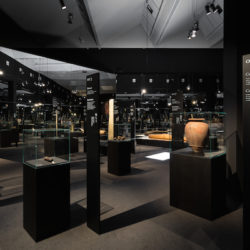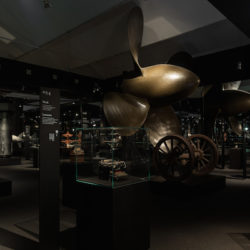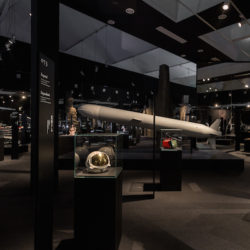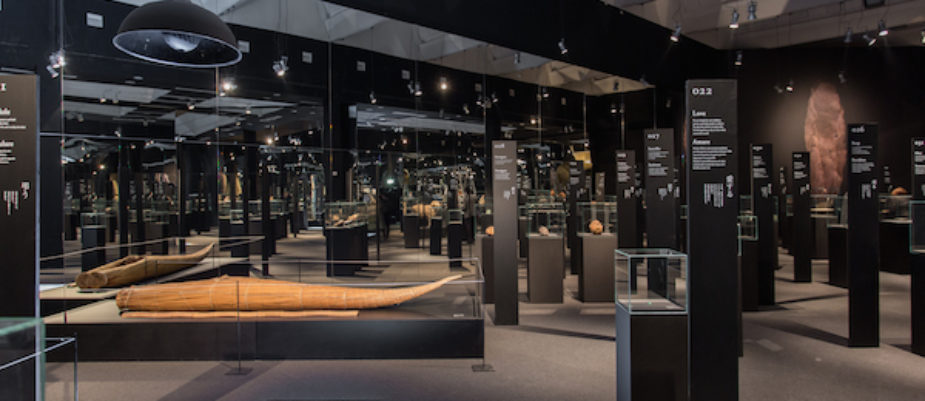
The XXI century is a new prehistory, a time with an uncertain direction that can be determined, however, investigating the history of the relationship between the human and the matter. A relationship that Andrea Branzi and Kenya Hara have divided into 100 verbs, 100 ways of encountering the matter, and put together in the exhibition Neo Preistoria – 100 Verbs, at the XXI Triennale Internazionale of Milan.
From the pure existence of a rock to the new Artificial intelligence and 4D printers: what is gonna be the Design After Design?
“Let’s just take a look to the tools of the stone age”, Kenya Hara explains. “they are living in the hand of the nowadays human being, with the same intelligence and, maybe, the same mistake. At the same time, they are beautiful, and in this beauty – I think – you can read the destiny of the humanity. I hope you all can immagine it through the steps of this exhibition”.
Neo Preistoria – 100 Verbs, at Palazzo della Triennale in Milan, is a philosophic exhibition, where our history is seen in a materialistic way, far from ideological or economical points of view, but through the relationship between the matter and the human’s craft. An itinerary that flows sometimes chronologically and sometimes matching concepts that can easily recall each other, while the visitor is invited to feel part of the story, constantly seeing himself in the mirrors disposed at both side of the room.
The time of this narrative is beaten by 100 verbs, each with its definition, written in black panels, like a little poem, capable of transferring a poetical meaning also to the objects, making a straw canoe, a shopping cart, an erotic doll, the bomb of Hiroshima and high-value cultural artefacts part of the same tale, and at the same time, distinct moments worth to be contemplated.
Language and craft find themselves together as the main instruments by which a man relate himself with the world and manipulate it.
As Andrea Branzi says: “ The XXI century, so far not yet explored, it is a new prehistory, when the destiny of humanity was not clear and defined yet, and objects could have different meanings, from their practical values to their magical and ritual ones. This loss of orientation is something that still nowadays make our historical moment a vital and fertile time for the new ideas and new technologies, as instruments of death or life, towards an unexplored future”.
Text by Gabriele Masi.
